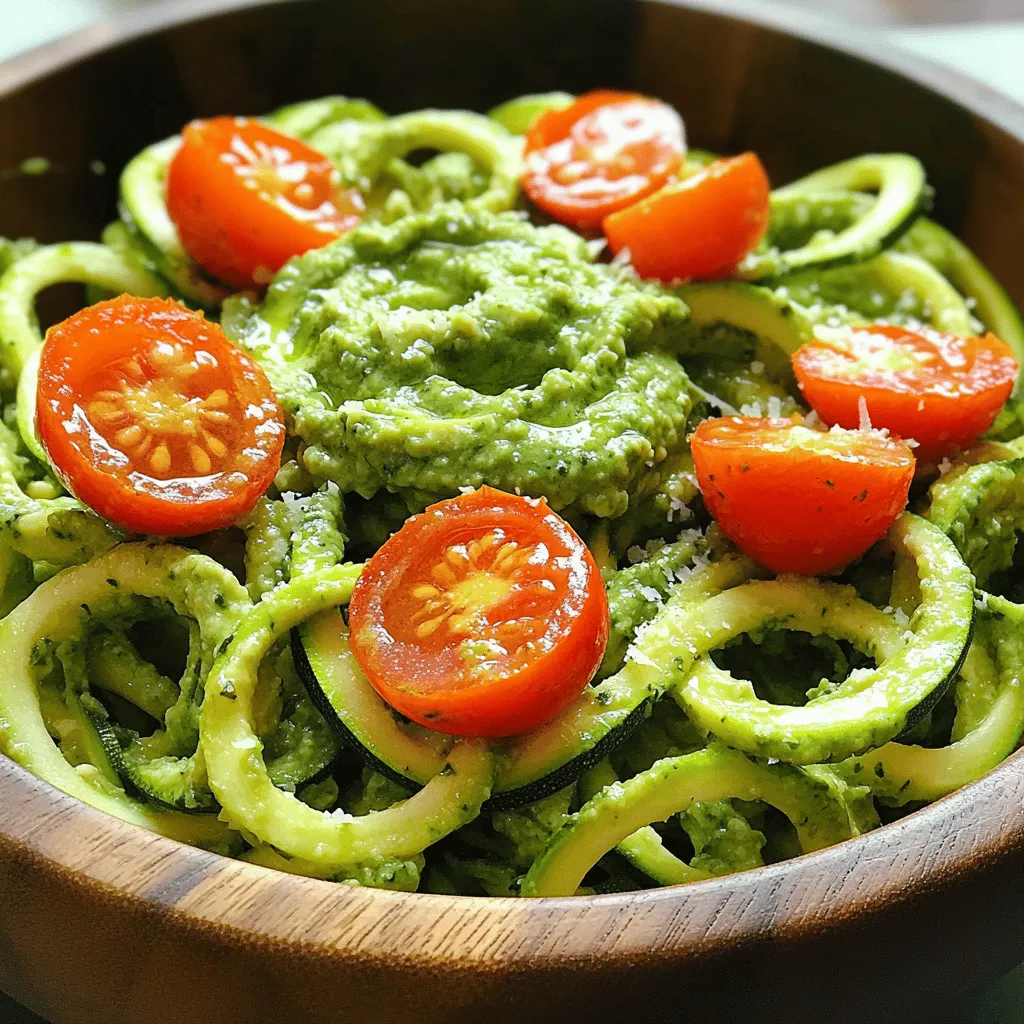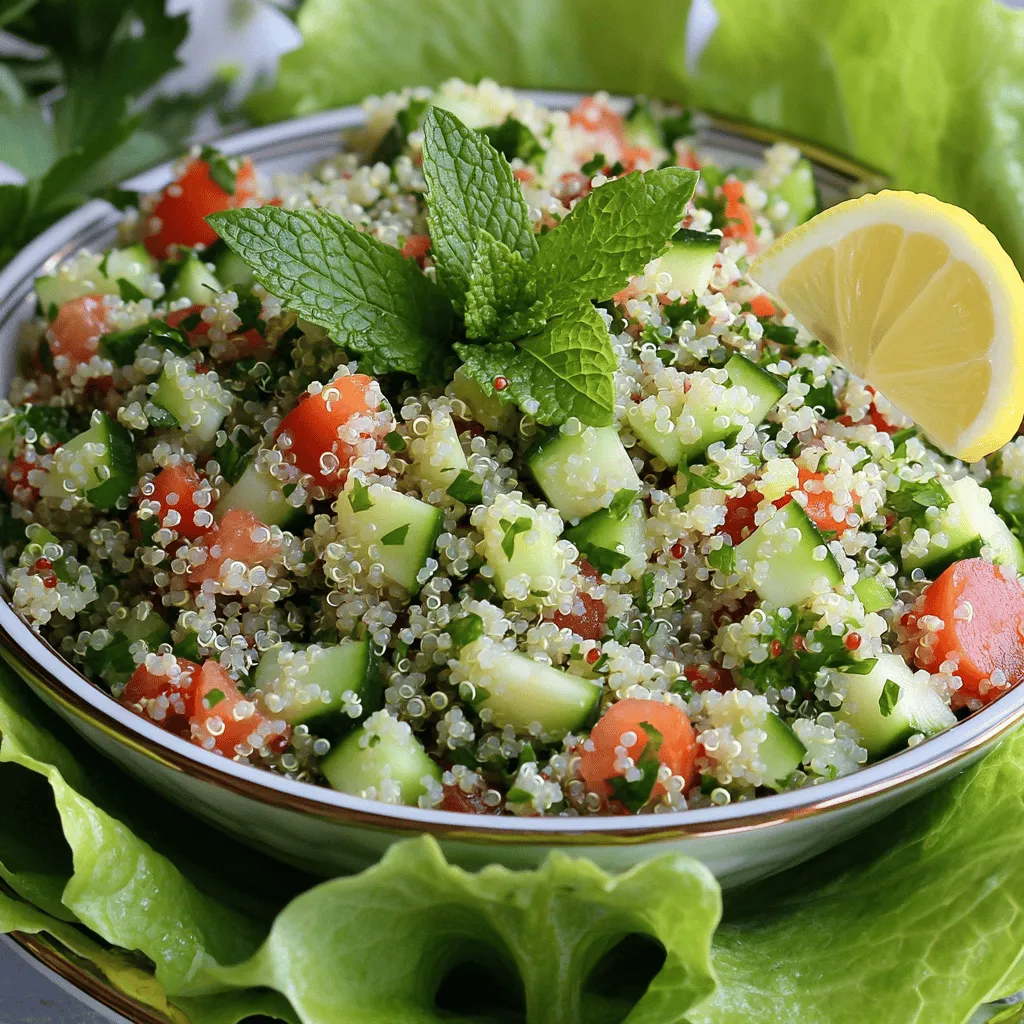Latest & Greatest

Healthy Strawberry Banana Smoothie Refreshing Recipe
Looking for a quick and yummy treat? This Healthy Strawberry Banana Smoothie checks all the boxes! Packed with fresh fruits,
Read more…
Zucchini Noodles with Pesto Fresh and Healthy Dish
Looking for a bright and healthy meal? Zucchini Noodles with Pesto combines fresh flavors and fun textures, making it perfect
Read more…
Cauliflower Buffalo Wings Tasty and Easy Recipe
Looking for a tasty twist on classic buffalo wings? Try these Cauliflower Buffalo Wings! You won’t believe how fun and
Read more…
Sheet Pan Lemon Herb Chicken and Veggies Delight
Are you ready to enjoy a delicious and easy meal? This Sheet Pan Lemon Herb Chicken and Veggies Delight is
Read more…
Healthy Quinoa Tabbouleh Fresh and Flavorful Dish
Looking for a fresh, flavorful dish that packs a nutritional punch? Let’s dive into Healthy Quinoa Tabbouleh! This vibrant salad
Read more…
Spicy Thai Chicken Lettuce Wraps Flavorful Delight
Are you ready for a meal that bursts with flavor? Spicy Thai Chicken Lettuce Wraps offer a delicious mix of
Read more…
Mango Coconut Chia Pudding Fresh and Tasty Delight
Are you ready for a fresh, tasty treat? Mango Coconut Chia Pudding is a fun and easy dessert that bursts
Read more…
Lemon Garlic Butter Shrimp Delightful and Easy Recipe
If you crave a quick and tasty meal, Lemon Garlic Butter Shrimp is for you. This dish blends zesty lemon,
Read more…browse recipes

Homemade Tomato Basil Soup Flavorful and Simple Treat
If you crave a cozy bowl of comfort, this Homemade Tomato Basil Soup is for you! Simple to make and bursting with flavor, I’ll…
My Latest Desserts
-
Coconut Cream Pie Bars Delightfully Creamy Treat
If you’re craving something sweet and creamy, Coconut Cream Pie Bars are your answer. These bars combine rich coconut flavor Read Full Recipe -
Caramel Apple Nachos Delightful Sweet Snack Idea
Get ready to indulge in a sweet twist with Caramel Apple Nachos! This fun snack combines crisp apples, gooey caramel, Read Full Recipe -
Chocolate Chip Banana Bread Simple and Tasty Recipe
Do you love warm, sweet treats? If so, you’ll adore this simple and tasty Chocolate Chip Banana Bread recipe! With Read Full Recipe -
Cinnamon Sugar Donut Muffins Soft and Tasty Treat
Get ready to satisfy your sweet tooth with these Cinnamon Sugar Donut Muffins! They’re soft, tasty, and perfect for any Read Full Recipe -
Chocolate Chip Cookie Dough Brownies Delightful Treat
Do you love brownies and cookie dough? Then, you’ll adore Chocolate Chip Cookie Dough Brownies! This delightful treat combines rich, Read Full Recipe -
Banana Oatmeal Cookies Simple and Tasty Recipe
Looking for a quick and delicious treat? These Banana Oatmeal Cookies are the answer! With just a few simple ingredients, Read Full Recipe -
Pumpkin Spice Energy Balls Simple and Tasty Snack
Fall is here, and what better way to celebrate than with delicious Pumpkin Spice Energy Balls? These tasty snacks are Read Full Recipe -
Lemon Blueberry Muffins Delightful and Easy Recipe
Are you ready to enjoy the perfect treat that blends sweet and tangy? My Lemon Blueberry Muffins are simple to Read Full Recipe -
Peach Cobbler with Biscuit Topping Simple Delight
If you crave a warm, sweet dessert, you’ll love my Peach Cobbler with Biscuit Topping. This simple delight combines juicy Read Full Recipe -
Vegan Chocolate Mug Cake Simple and Delicious Treat
Craving something sweet and easy? You’re in the right place! My vegan chocolate mug cake is quick to make and Read Full Recipe
My Latest Recipes
hey,
i’m !
I’m so happy you’re here!
From my kitchen to your table, each dish is a labor of love. May they delight your palate and warm your heart. Let’s savor the beauty of cooking together.
Avocado Toast with Poached Egg Energizing Breakfast Delight
Start your day with a boost! Avocado toast with a poached egg is the perfect energizing breakfast delight. This combo is not only tasty…
























